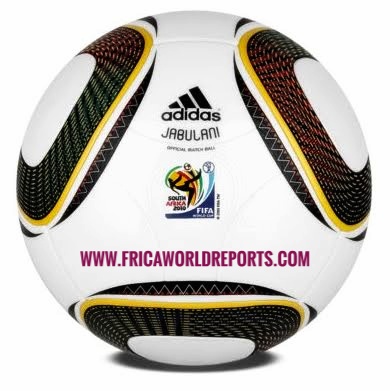Many players hated the Adidas Jabulani ball used at the 2010 World Cup; they struggled to control its erratic movement
During the World Cup, it’s normally incredible goals or controversial red cards that make headlines rather than the actual ball itself. But that wasn’t the case in 2010.
The Adidas Jabulani, the official match soccer ball (or football, to most of the world) of the 2010 FIFA World Cup in South Africa, sparked controversy and received widespread criticism from the players, many of whom openly voiced their displeasure. This was particularly ironic considering that the ball’s name means “be happy!” in Zulu.
Júlio César, Brazil’s goalkeeper at the time, remarked that the ball was “horrible” and “like one of those you buy at the supermarket.” Brazilian striker Luís Fabiano described it as “supernatural,” as it seemed to have a mind of its own, erratically changing direction in mid-air.
Some players, like American forward and midfielder Clint Dempsey, were less critical, attributing the challenges to adjusting to a new ball and altering their tactics. And one player who was seemingly unaffected by the unpredictable nature of the Jabulani was Uruguayan striker Diego Forlán. He excelled during the tournament, scoring five goals overall and propelling Uruguay to the semi-finals.
However, greats like Messi, Ronaldo, and Kaká struggled, scoring few or no goals over the course of the competition. Overall, the majority of players felt the ball negatively affected play during the World Cup, resulting in missed goals and lower-quality matches, especially during the group stages.
The reason for the ball’s unpredictable behavior led to speculation and various theories..



Interesting